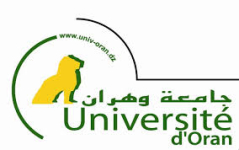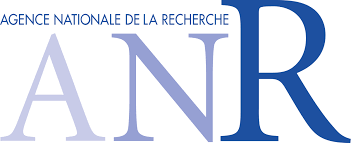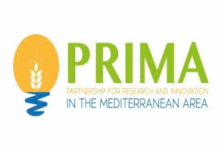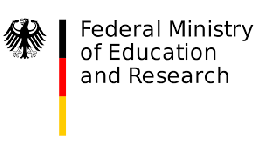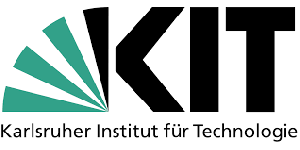ABOUT US
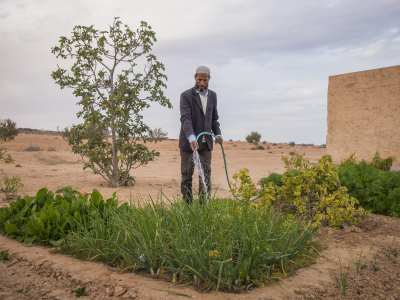
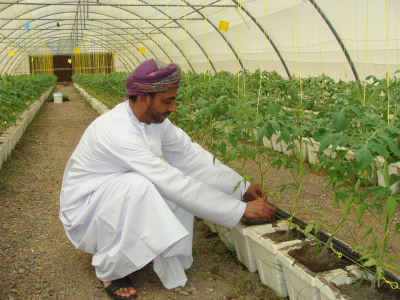
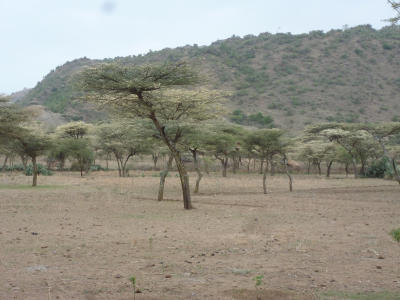
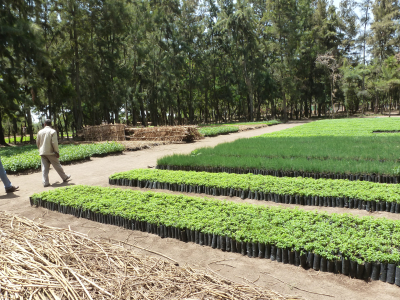
Intel-IrriS is a PRIMA project from Section 2 Multitopic 2020 Thematic Area 1-Water management addressing low cost, lean solutions for enhancing irrigation efficiency of small-scale farms. Intel-IrriS will provide the smallholder farmers a more efficient management of its available water by deploying of an open, low-cost and autonomous irrigation control system based on IoT and smart technologies. The irrigation process to decide/suggest how much water is needed to maintain the optimal production potential without water wasting can be adapted (i) for a particular crop, (ii) at a particular moment and (iii) for a given soil type and condition because it will be seconded by algorithms predicting the behaviour of the complex soil/plant/atmosphere system.




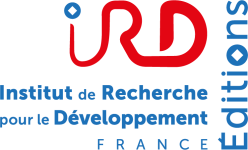


.jpg)
